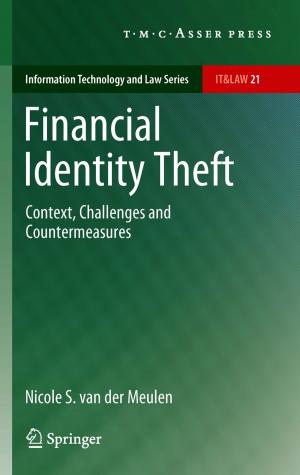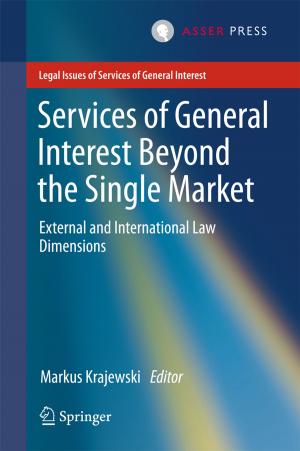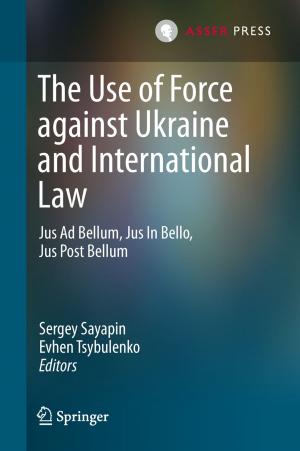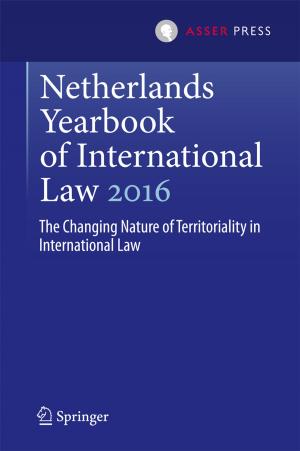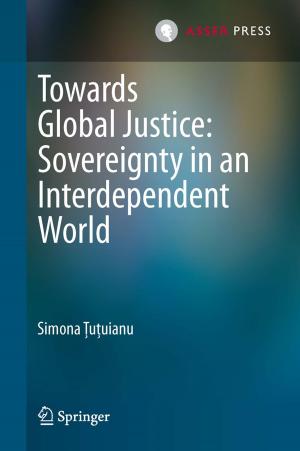The Function of Public International Law
Nonfiction, Religion & Spirituality, Philosophy, Reference, Reference & Language, Law, International| Author: | Jan Anne Vos | ISBN: | 9789067048613 |
| Publisher: | T.M.C. Asser Press | Publication: | February 26, 2013 |
| Imprint: | T.M.C. Asser Press | Language: | English |
| Author: | Jan Anne Vos |
| ISBN: | 9789067048613 |
| Publisher: | T.M.C. Asser Press |
| Publication: | February 26, 2013 |
| Imprint: | T.M.C. Asser Press |
| Language: | English |
This book addresses fundamental aspects of the concept of public international law in both theory and practice. The argument developed by the author is that, underlying the traditional, horizontal, structure of public international law, a vertical structure of the concept of law may be discerned. This vertical structure is seen unfolding into two, mutually exclusive, frameworks: a framework of obligation, accounting for obligations, and a framework of authorization, accounting for rights. The problem then arising is that a concept of public international law which only admits either rights or obligations cannot be regarded as coherent. The author, however, takes and substantiates the position that coherence can be achieved by suppressing the mutual exclusivity of both frameworks. This move paves the way to formulating the function of public international law in terms of the constituting of international society. Since in public international law the theoretical aspects profoundly affect practice, this book is not only of interest to academics, but also for practitioners, such as officials of foreign offices and international institutions.
This book addresses fundamental aspects of the concept of public international law in both theory and practice. The argument developed by the author is that, underlying the traditional, horizontal, structure of public international law, a vertical structure of the concept of law may be discerned. This vertical structure is seen unfolding into two, mutually exclusive, frameworks: a framework of obligation, accounting for obligations, and a framework of authorization, accounting for rights. The problem then arising is that a concept of public international law which only admits either rights or obligations cannot be regarded as coherent. The author, however, takes and substantiates the position that coherence can be achieved by suppressing the mutual exclusivity of both frameworks. This move paves the way to formulating the function of public international law in terms of the constituting of international society. Since in public international law the theoretical aspects profoundly affect practice, this book is not only of interest to academics, but also for practitioners, such as officials of foreign offices and international institutions.



